Topics
Growing Parsley from Seed - How to Keep a Continual Harvest
Herb growing tipsParsley is more than a garnish! While it may look pretty on your plate, it is also an excellent source of vitamins A, C, and K. Since it was first used by the Romans, parsley has been cultivated in home gardens and enjoyed for centuries in all kinds of recipes. An easy herb to grow, parsley can be grown directly in the garden, in pots, and even indoors.

Quick Links
How to Grow Parsley from Seed
Parsley is a biennial herb typically grown as an annual because it blooms in the second year and goes to seed. There are two main groups of parsley, curly-leafed and flat-leafed. Knowing how to grow parsley from seed will ensure you have a continual harvest of fresh parsley ready for all your favorite recipes.
Tips for Germinating Parsley Seeds
Parsley seeds are notorious for being slow to germinate. Seeds can take 10 to 28 days to sprout. But soaking seeds and starting them indoors to give them extra attention can help improve germination rates.
- Soak seeds in warm water (110º) for 24 to 36 hours before planting.
- Sprinkle seeds over damp seed starting mix and cover lightly for a depth of 1/4”.
- Spray gently with a water bottle and keep parsley seeds moist by using a humidity dome or plastic wrap.
- Seeds can take 10 to 28 days to sprout.
- For easier transplanting, sow just 2 to 4 seeds per pot.
- Harden off seedlings before transplanting.
Transplanting Parsley Seedlings
Parsley will grow slowly at first. When the seedlings are 6” tall, they will be ready to transplant. Start by getting the plants acclimated to the outdoors by hardening them off.
Transplant after the last frost date and only transplant once. Disturbing the roots may make them flower, and then they are not good for eating.
Space parsley seedlings 6” apart to allow them space to grow.

How to Grow Parsley
- Grow parsley in rich, moist, well-draining soil with full sun to partial shade. Parsley plants can grow as large as 27” tall. The curly varieties usually grow about 12” tall.
- To have enough parsley throughout the year, you can succession plant. You can also use cold frames and plant indoors to lengthen your growing season.
- Parsley is a heavy feeder and benefits from extra nitrogen.
- It’s important to keep the soil moist but not too wet. If the soil is dry below 1 inch, it is time to water. If the soil is too wet, the roots can rot.
- Even though parsley grows better in rich, moist soil, it can tolerate dry conditions and partial shade.
- After a month of temperatures below 40º, parsley plants will start blooming. This starts the second year, where it will focus on flowering and going to seed.
- When parsley starts blooming, the plant stops sending out new leaves, and the flavor changes. But you can allow parsley to go to seed, and it will self-sow for new growth.
Harvesting Parsley
It takes 60 to 70 days for parsley plants to fully mature. When the plant is large enough, you can start harvesting parsley. Harvesting too early or too frequently can cause the plants to go to seed.
Start by picking the outer leaves first to allow the inner leaves time to mature. Cut stems off about 1 to 3 inches above the ground. Use sharp scissors to make a clean cut and avoid damage to the plant.
Stems of parsley can be placed in a jar of water to stay fresh.
Grow multiple plants for a bigger harvest and consider succession planting.

Eating Parsley
Parsley is a vital ingredient in salsa verde, tabbouleh, chimichurri, pesto, and many other recipes. In addition, it is often part of herbal blends, where it complements the other flavors.
Curly-leafed and flat-leafed varieties of parsley can be used interchangeably. However, because of the difference in texture, a recipe may specify one or the other.
Usually, just the leaves are used in cooking. However, the whole stem and leaves can be used in juicing and pestos.
Try adding parsley to homemade smoothies and juices for extra vitamins C, K, and A.
Parsley vs. Cilantro - What’s the difference?
It can be difficult to tell the difference between parsley and cilantro in the grocery store. But you only need a taste to know the difference. Their leaves may look similar, but their distinct flavors aren’t interchangeable in recipes.
Another difference between parsley and cilantro is the vitamins. While they are both high in Vitamin K, parsley has 5x the amount. Vitamin K is important for helping build strong bones.
Because the plants can look so similar, you will want to have clear labeling in your garden. Curly parsley is easy to identify, but flat-leaf varieties can trip you up.
One way to remember the difference is parsley has pointed leaves, and cilantro has curved leaves.

Will parsley grow back after winter?
Overwintering herbs is desirable for many cooks, so they have the fresh ingredients they need. Parsley can grow through the winter in mild climates; however, since it is a biennial, it will bloom and go to seed the second year. When parsley starts blooming, it changes its flavor. This is why parsley is usually grown as an annual. However, you can let it continue growing if you want to save seeds.

How to grow parsley indoors
Growing herbs indoors is a great way to have fresh flavor available whenever you’re cooking. Parsley is an easy herb to grow indoors in pots and hydroponics.
Giving it enough light is essential so that it can grow to its full size. Without enough light, it will be spindly without a lot of leaves.
How to grow parsley in a pot.
Parsley grows well in containers. Plants will need containers that are at least 8 inches deep.
When growing parsley and other herbs in containers, you want to ensure that they are getting the amount of nutrients they need. Using a water-soluble fertilizer every few weeks will help parsley get the nitrogen it needs to grow bushy green leaves.

Will parsley grow back after cutting?
Parsley grows fast and will keep growing for two years. It will grow back after cutting, but it takes several weeks. So the best way to cut parsley is to cut just the amount you need, starting with the outside stems. Like most herbs, don’t cut more than 1/3 of the plant at a time.
Where to grow parsley
Parsley needs full sun to partial shade. Parsley grows well in rich, fertile, well-draining soil.
What to plant parsley with
Parsley makes a good companion plant with asparagus, carrots, corn, onions, peas, peppers, and tomatoes. Gardeners have found that parsley can enhance the flavors of companion plants and is a natural pest control.
Why aren’t my parsley seeds sprouting?
Parsley seeds take a long time to germinate. You will see a range of germination times from 10 days to 30. Keep the seeds moist and warm and the soil temperature around 70 degrees.
Parsley is such a common ingredient that it’s worth growing at home. With succession planting, growing indoors, and container gardening, you can always have a fresh supply without an extra trip to the store.




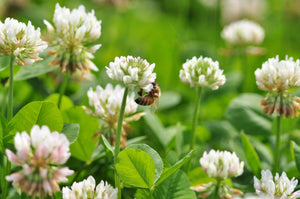
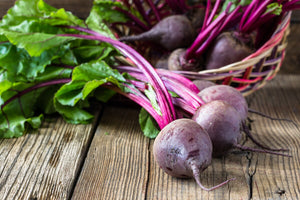
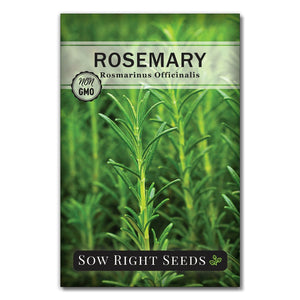
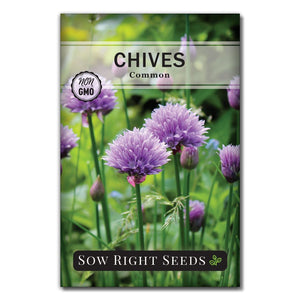
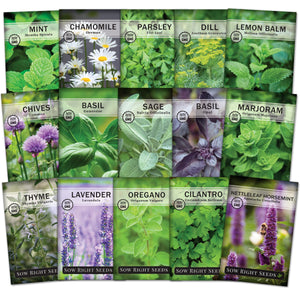
Leave a comment